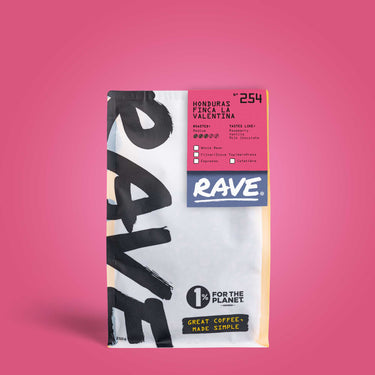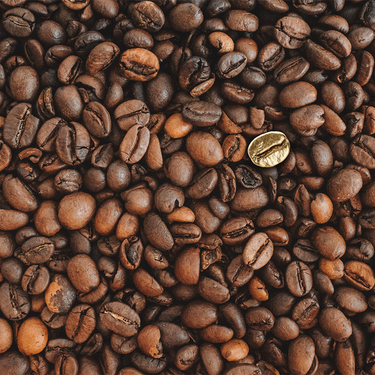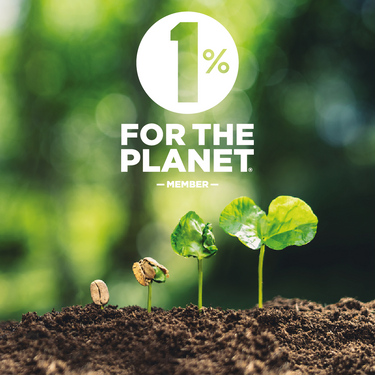
Farm / Coop - Villa Esperanza – a group of around 22 small holder farmers
Altitude - Average 1,600 masl
Location -The Suaza Valley, Guadalupe Municipality, Huila, south west Colombia
Preparation - Fully washed in micro-mills on each farm then sun-dried in covered parabolic drying beds and roof type drying patios
Varietal - Mainly Catturra
Owners - 22 smallholder farmers - The association president is Javier Joven Penagos
Certification - Rainforest Alliance and Utz certified
Harvest - Oct to March peak season
Shipment - Nov to May for main crop
In a country as large as Colombia, with an established coffee industry that is spread over 17 regions, there is bound to be variation in quality with a range that includes truly exceptional through to rather ordinary. Colombia is the third largest producer of coffee in the world after Brazil and Vietnam – though holds the crown for being the largest producer of washed arabica.
The coffee producing areas lie among the foothills of the Andes and the Sierra Nevada, where the climate is temperate with adequate rainfall. Colombia has three secondary mountain ranges (cordilleras) that run towards the Andes and it is amongst these that the coffee is grown. The hilly terrain provides a wide variety of micro-climates which means that harvesting can take place throughout the year as the coffee of different farms will ripen at varying times. There are more than half a million growers spread throughout the key regions of Nariño, Cauca, Meta, Huila, Tolima, Quindio, Caldas, Risaralda, Antioquia, Valle del Cauca, Cundinamarca, Guajira, Cesar, Madgalena, Boyacá, Santander and Norte de Santander. Key varietals include caturra, bourbon, typica, castillo, colombia and maragogipe.
The first exports of coffee from Colombia began in 1835 when around 2,500 bags were exported to the U.S. and by 1875 there were 170,000 bags were leaving the country bound for the U.S. and Europe. Exports grew over the next hundred years or so and peaked in 1992 at around 17 million bags. Today, following unreliable weather patterns and a national programme of plant regeneration, Colombian exports are currently around 7 million bags of coffee per year.
Coffee’s importance to the Colombian economy brought about the development of The Federacion Nacional de Cafeteros (FNC) in 1927. This body is responsible for research, technical advisory services, quality control and marketing. Juan Valdez, a fictitious character created by the FNC, is the world famous moustachioed, mule-riding and sombrero-wearing coffee farmer and very much the face of the Colombian coffee industry.
It is widely accepted that some of the country's best coffees come from the south west in the departments of Huila, Tolima, Nariño and Cauca. We have chosen to work with a group of Huila farmers situated in the Guadalupe municipality in the valley of the Suaza River, about two hours south of the department's capital Neiva and on en route to Florencia, the capital of neighbouring department, Caqueta. Here, high in the Andean Mountains, conditions are perfect for the production of fine Arabica coffee; good regular rainfall, rich and fertile soils, average farm altitudes of around 1,600 meters above sea level and good shade that includes Plantain, Chachafruto, Guamo and Nogal trees. The growers association we are working with is called Villa Esperanza and was established almost a decade ago.
The Villa Esperanza Association was established in July 2003 when four small-holder coffee growers met to discuss an idea that would bring about better quality coffee with the aim of achieving better prices whilst protecting their land and those who worked it. These forward thinking farmers worked with the local environmental agency and received guidance on tree planting schemes to help protect the biological corridors of the municipality of Guadalupe in Huila. At this time they also put together a programme called ‘Proyecto Tierra’ which brought about the construction of water treatment facilities and the development of in-depth training programmes for good agricultural practices. Such considerate planning brought about Rainforest Alliance Certification in 2005 for 22 members of the 100 member association. Later on further incentives and ideas were introduced that would benefit the participating community such as micro-credit schemes for the provision of loans to its members for fertilizer and other agricultural essentials. In a bid to further improve their expertise the group invested in a cupping lab in 2008 to allow farmers to understand the impact that good (and poor) processing practises will have on a coffee's flavour profile. Villa Esperanza’s president is Javier Joven Penagos, one of the four original founders.
The average smallholding within the Villa Esperanza group is approximately 3 hectares in size and the coffee grown is predominantly caturra. The red cherry is carefully hand-picked before being immediately pulped and washed at each smallholding’s own micro wet-mill. The coffee is then dried using one of two fairly unique systems, both of which have been designed to work against the region’s frequent rainfall. It is either dried on patios located on the farmer’s roofs with sliding covers that can be pushed into place when the clouds open – or in a parabolic solar dryer, which is essentially a raised bed that sits within a polyethylene ‘green house’. When the sun shines the sides are opened to improve airflow. Once the coffee is dry the farmer delivers it to the association’s warehouse in Guadalupe, where a Virmax quality control analyst will cup the coffee before purchase to make sure it meets or exceeds the quality standards. After purchase, the parchment coffee is sent to a dry mill to first rest and then milled to remove the parchment before being graded and packed into GrainPro bags.
Cup Profile
Acidity: 7.5 - 8.5 - Piquant, sharp and fresh.
Sweetness: 8 - 8.5 - Good sweetness
Character: 8 - 9 - Lemon, peach, butter and caramel
Body: 7.5 - 8 - Good body, depending on the roast.
Balance: 7.5 - 8 - A darker roast will improve balance





